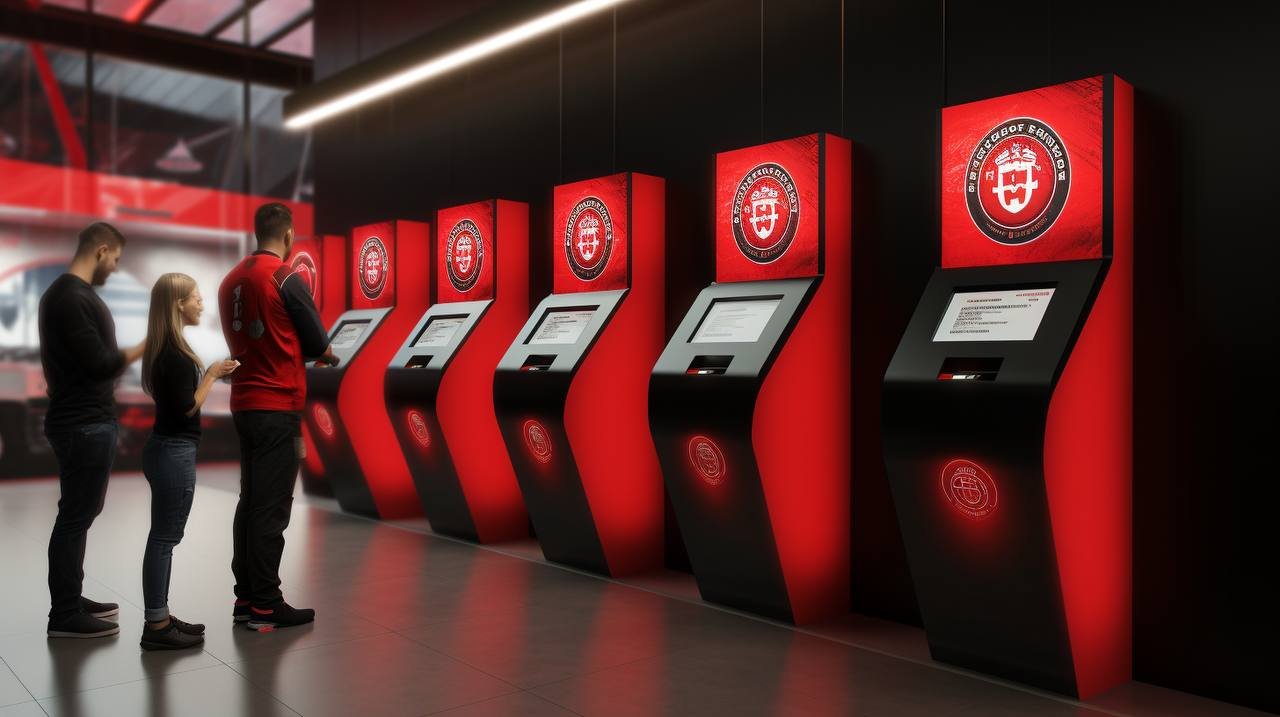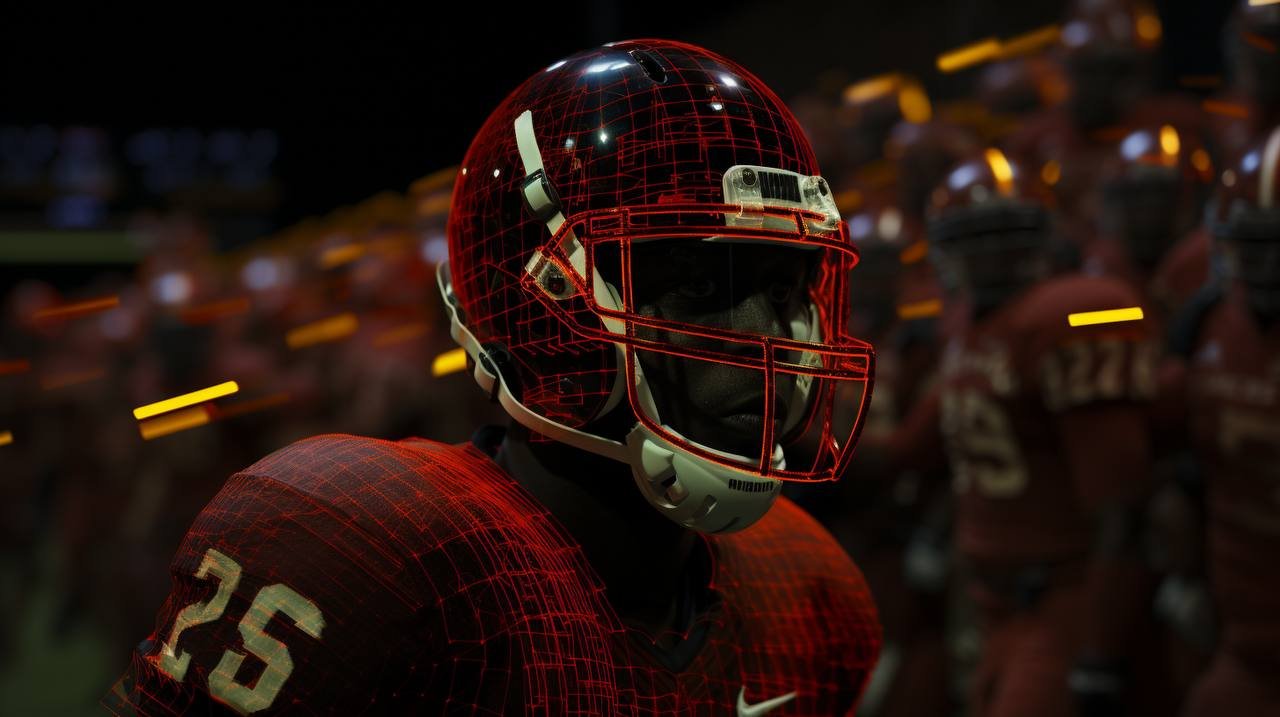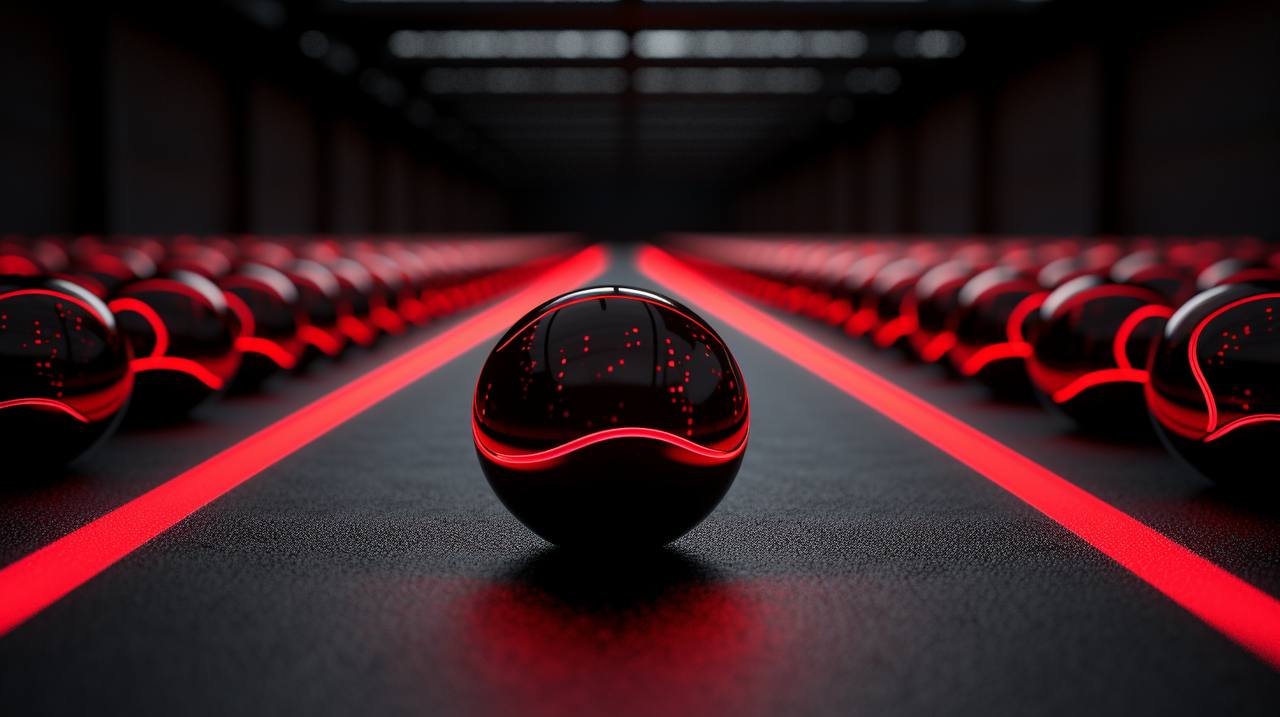10 Game-changing Inventions That Will Change College Sports as we Know it
College sports is a multi-billion dollar industry, justifying the significant investments in transformative technology by educational institutions. In this high-stakes environment, athletics teams, both on and off the field, are realizing that technology is a game-changer.
Teams are adopting a range of technological solutions, such as mobile devices, data analytics, virtual reality, and enhanced wireless infrastructure. Collegiate athletics staff are also on board, utilizing this technology across various aspects of their programs, including recruiting, training, game-day operations, and fan services.
Though the influence of technology on sports may not always be immediately obvious, its effect is substantial. Processes have become more streamlined and efficient, and the industry has experienced an uptick in attention and revenue as a result.
Today, we explore the groundbreaking inventions poised to further revolutionize college sports. Let's dive in!
AI Referee
No matter the match, every refereeing call matters. And this is why the use of artificial technology (AI) in the decision-making process can change college sports.
Sports referees are an integral part of any game, for which they undergo training and seminars to familiarize themselves with different rules and act as a third party to ensure fair play for everyone involved. However, referees are humans, and they are susceptible to making mistakes.
Moreover, they have their own personal biases and preferences, which can potentially influence their decision-making, potentially leading to situations where one team is favored over another. Not to mention, referees are tasked with making split-second decisions based on their interpretation of the rules, which can lead to inconsistency in how the rules are applied across different teams and games.
Now, with the advent of advanced technology like AI, it is possible that one day, AI will replace human referees altogether.
Hence, a combination of overhead cameras, on-field tracking systems, goal-line technology, and computer vision will reduce mistakes and prevent games from swaying one way or another due to a poor refereeing decision.
More Accurate Match Predictions
In college sports, predicting game outcomes with precision can significantly improve team strategies and player development. This usually requires sifting through massive amounts of data, a task that is quite challenging for humans. Here, AI technology aims to make a big impact.
Deep learning has already proved its worth by extracting valuable insights from large datasets in diverse fields like industry, business, and science. Now, sports organizations are recognizing the untapped potential of using these advanced techniques to better understand game tactics and player performance.
Although AI can't guarantee perfect predictions for every game, its algorithms are far more accurate than human calculations. The more detailed and accurate the data used, the better these AI predictions become. This growing level of precision is why AI is set to become increasingly common in college sports, providing teams with a valuable tool for fine-tuning both strategy and player development.
Contactless Ticketing
Sports companies are concerned about the fan experience, and one way to improve is through ticketing, which offers numerous growth opportunities, from operations to fan engagement to innovative brand partnerships.
Digital ticketing is already getting popular, notably less expensive than their physical counterparts. Easy-to-use QR code scan systems and facial recognition especially make event entry a quick, seamlessly managed, and professional experience.
Contactless is only going to increase from here, and this switch to digital opens the possibility of getting to know audiences better, generating leads, and improving the customer journey. Moreover, closer audience relationships can be established by creating hyper-targeted, personalized marketing initiatives.
Besides allowing fans to purchase tickets directly from mobile apps, a mobile ticket wallet can also be used to communicate with fans and audiences, make it easy for fans to find answers to their questions, and the ability to push notifications for additional engagement.
Additionally, new ways of monetization can be explored in the form of streaming content live at the global level, customized fan packaging, and monthly subscription-based offers designed to engage with different audiences.
Advanced Health and Safety
The use of technology can really transform college sports by focusing on reducing injury and promoting safety. For instance, a 3D printer can be used to create a customized solution for an injured player, something that XO Armor has already implemented in recent years. This way, a fast recovery combined with the customized solution makes it possible for the player to not miss the game.
Mobile apps can also be paired with a heart rate monitor to help athletes individualize their training programs. Heat rate monitors play a huge role in progressing an athlete’s workout plan as they help in tracking the progress and sustainability of exercise programs. A device as simple as a write or strap-on mechanism can be used to alert athletes of dehydration and malnutrition or even warn of an unsafe workout.
New technology is also emerging to tackle chronic traumatic encephalopathy (CTE) — the degenerative brain disease resulting from repetitive head hits. Companies are creating sensors that can be placed in helmets or mouthguards and wirelessly transmit the force of impact of a hit to another device.
Moreover, smart helmets with sensor and magnet tech are being built to not just decrease the chances of head injury but also to communicate the injury just as the impact occurs, allowing for action to be taken immediately.
Enhanced Player Performance
There is no one invention that is helping enhance a player's performance, rather, several products and services are being utilized. With each passing day, shoes, uniforms, gloves, helmets, and pads are becoming more and more high-tech and high-functioning.
For starters, performance analytics, including video and motion analytics, are helping process a broad range of data like the position of the ball, the position and movement of the player, and the outcome of such efforts. All this analysis helps both the player and coach plan and improve performances in future matches.
Wearables such as smart watches, smart clothes, and wristbands embedded with sensors provide valuable data about athletes’ actions, movement, and accuracy during the match, which further help gauge a player’s injury risk. Immersive training techniques have been further used to stimulate an actual match environment.
Then there is VR, which, in combination with 3D sensor technology, allows players to train as if they are playing a real match.
Diet plans are also improving immeasurably, which now, with the introduction of AI in sports, is further expected to help take personalization to the next level. In fact, research is already showing promising results regarding using AI in weight training.
Smart Balls
Technology has already changed sports by offering instant replay and the ability to determine precisely where a ball is relative to lines on the field and court. Now, one of the most exciting inventions is the smart balls that track the skills of players digitally. These balls contain sensors inside the balls to measure linear velocity, spin velocity, and spin axis, which has been made possible with advanced developments in microelectromechanical sensors (MEMS).
For instance, an ultra-wideband (UWB) sensor is a technology superior to GPS or Bluetooth for precise positional data and to transmit data in real-time to constantly track the ball’s position. There’s also an inertial measurement unit (IMU) sensor that detects nuanced movements of an object in space.
Several companies are working on smart match balls, which let you know the flight path of a ball. The ball measures speed, spin, trajectory, and strike point through a sensor located in the object itself and sends the data to a paired wireless device. This way, these smart balls immensely help as coaching tools to gain insight into the young athlete’s performance to improve their skills.
Smart Stadiums
Balls are not the only things getting smart, courts and stadiums, too, are getting a tech makeover. This is for a good reason, given that these are the places where matches are actually played, and one gets completely immersed in the action. This is why institutions are leveraging technology to invest in the fan experience.
While fans, nowadays, prefer to watch the match on TV, laptop, tablet, or even mobile devices, tech startups are using AI-based crowd sentiment analysis to coax them back to stadiums. The technology tracks and analyses the level of fun and enjoyment the crowd is drawing from the match.
On top of that, stadiums are delivering high-quality, reliable connectivity to fans. Besides the seamless Wi-Fi experience, digital extras such as video streams are offered to fans. Meanwhile, the Internet of Things (IoT) improves the experience of visiting a stadium by helping them find parking spots, seats, and snack stands.
By utilizing cutting-edge technology, institutions also make the courts smart, featuring LED screens, sensors, and motion-tracking devices.
Advanced Streaming Techniques
The improvements in technology have made sports coverage more extensive than ever before.
Previously, there were select channels to catch the game. Now, there are a plethora of options that provide coverage in real-time and with full replay.
3D technologies and 4K resolution now allow broadcasters to deliver sports events over OTT platforms, which fans can watch from anywhere in the world through an internet-enabled device. Meanwhile, VR enables fans to watch live streaming from different angles with just a few clicks.
As technology continues to advance, companies are offering ways for colleges of any size to produce high-quality live sporting events and distribute live content at a fraction of the cost of traditional production methods.
With viewers wanting hyper-personalization, advanced personalization techniques can be a game-changer for live sports streaming as they allow for increased viewer engagement, enhanced user experience, and better fan loyalty and retention.
Social media, in particular, is playing a huge role in the sports industry. It has dramatically increased the opportunities for college students to make commercial use of their name, image, and likeness (NIL).
Moreover, it has allowed fans and athletes to connect, raising fan enthusiasm and contribution to the sporting events. Through fantasy sports, another new digital implementation to the sporting world, another fun way has been introduced for fans to connect with their favorite teams and players.
Scouting and Recruitment
Today, everything happening on the field is being tracked, with teams amassing terabytes of data. With so much data at hand, teams are taking the help of technology to not just parse through this data but also train the model that will allow it to track and then predict players' movements.
Algorithms are also used to aggregate data to ‘evaluate players’ skills and their potential to rank them in various categories. By using computer vision to spot specific attributes that help determine future performance, teams can make better recruitment choices going forward.
Automated Sports Journalism
Automated journalism is already rising, especially in sports coverage, where structured data is abundant and readily available. With so much to cover in sports, in terms of statistics and data in many leagues and tournaments that are taking place almost daily all over the world, AI is helping ease the burden of such exhaustive workloads.
Today, more and more advanced AI-driven platforms are emerging that translate hard data into narratives using natural language. They can cover a vast range of content with accurate reports while explaining the key events, offer statistics and data, and keep the reader engaged, all the while saving a considerable amount of time required for manually compiling these highlights and developing stories and short summaries.
Automated services also include live sports videos, one of the most powerful tools to drive reader engagement, subscription, and advertising businesses. This further means local matches are being covered, which means players, teams, coaches, and fans who would normally be absent from news cycles are getting their moment.
Concluding Thoughts
The modern world loves technology, and college sports are no different. The entire sports industry has embraced technological innovations to improve players’ and teams’ performance and make it a fulfilling experience for fans.
Undoubtedly, sports and technology will continue to work together for years to come. As a result, several inventions, as mentioned above, are taking place to help college sports flourish further. AI, IoT, advanced robotics, big data, blockchain, biometrics, IR, 3D, and VR are, in particular, are making a major impact on the sports industry. These technologies and inventions are making sports more productive and entertaining for athletes and fans alike.











